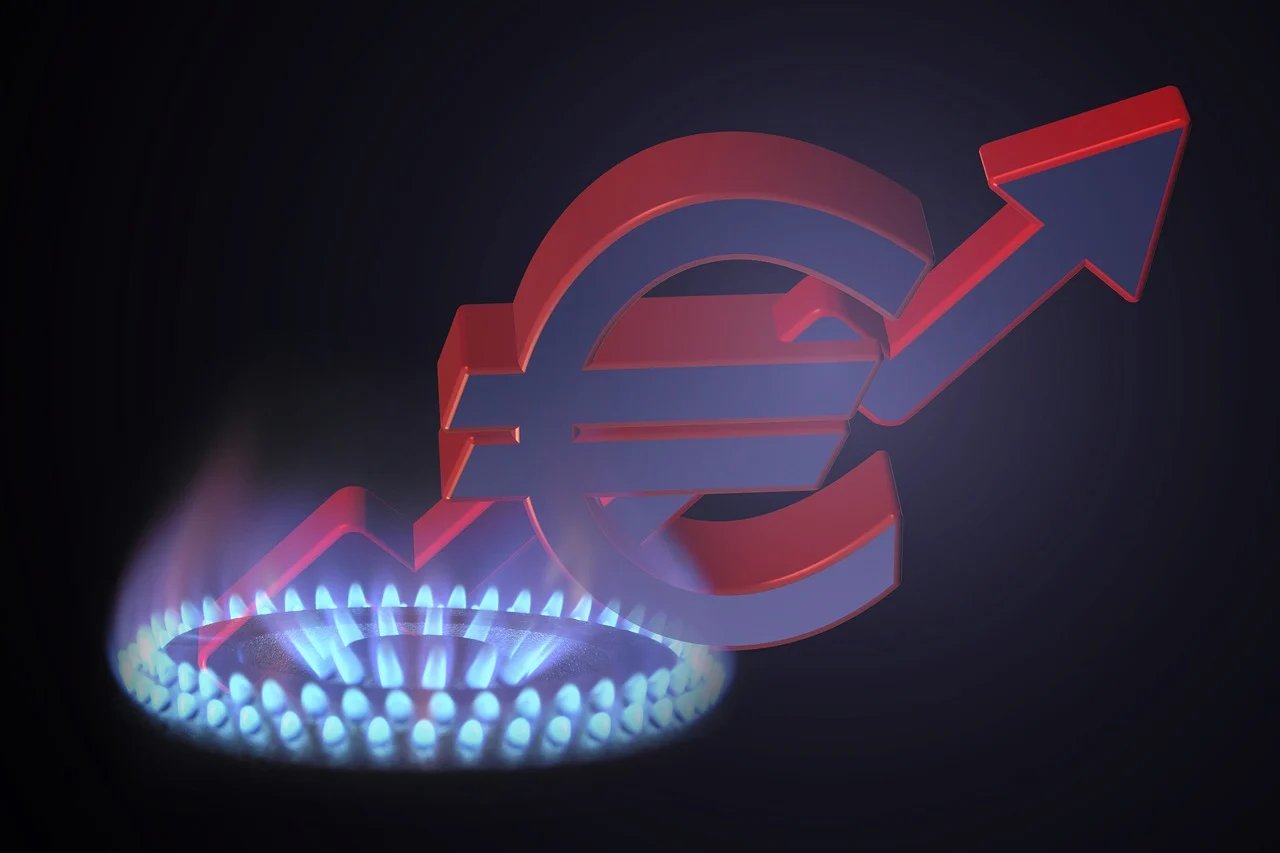Reducing make-up air heating costs is essential for improving energy efficiency and reducing operational expenses in commercial and industrial facilities
Make-up air, in the context of HVAC (Heating, Ventilation, and Air Conditioning) systems, refers to the outdoor air that is introduced into a building to replace the air that is being exhausted or otherwise removed. This is necessary for various reasons, including maintaining indoor air quality, preventing negative air pressure, and ensuring proper ventilation.
Here are some strategies to curtail make-up air heating costs:
- Use Heat Recovery Ventilation (HRV) or Energy Recovery Ventilation (ERV) Systems: HRV and ERV systems capture and transfer heat from the outgoing exhaust air to the incoming fresh air. This preheats or pre-cools the incoming air, reducing the energy required to condition it. These systems are particularly effective in cold climates.
- Implement Demand-Controlled Ventilation: Install sensors and controls that adjust the amount of make-up air based on occupancy levels and indoor air quality. This ensures that you're not bringing in more outdoor air than necessary, saving energy.
- Zone Heating and Ventilation: Divide your facility into zones and provide heating and ventilation to specific zones only when needed. This approach allows you to concentrate on heating and ventilating areas that are in use, rather than the entire space.
- Use Energy-Efficient HVAC Equipment: Invest in energy-efficient heating equipment and HVAC systems that are properly sized for your facility's needs. This ensures that you're not overworking your HVAC system, which can lead to excess make-up air requirements.
- Air Sealing and Insulation: Ensure that your building is well-insulated and properly sealed to minimize heat loss. This reduces the need for excessive heating of make-up air to maintain comfortable indoor temperatures.
- Control Exhaust Systems: Adjust exhaust systems to operate only when necessary and at the appropriate levels. This prevents unnecessary removal of indoor air, reducing the amount of make-up air needed.
- Maintenance and Regular Inspection: Keep your HVAC equipment well-maintained and regularly inspected. This ensures that it operates efficiently and doesn't require excessive heating or cooling of make-up air due to equipment malfunctions or dirty filters.
- Utilize Passive Solar Heating: In some cases, you can take advantage of passive solar heating techniques, such as strategically placed windows and thermal mass, to reduce the heating requirements for make-up air.
- Consider Alternative Energy Sources: If feasible, consider using renewable energy sources such as solar panels or geothermal systems to provide heating for make-up air.
By implementing these strategies, you can reduce make-up air heating costs, improve energy efficiency, and lower the overall operational expenses of your facility.
